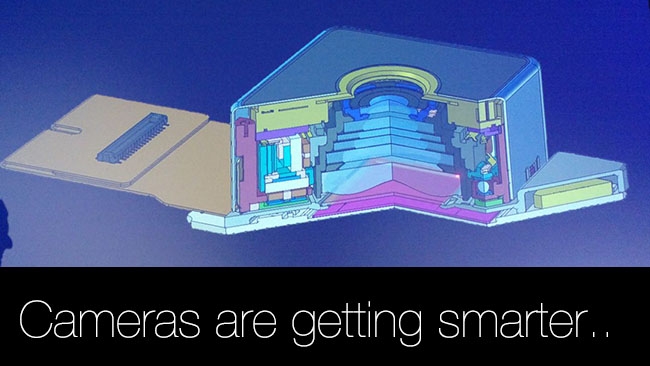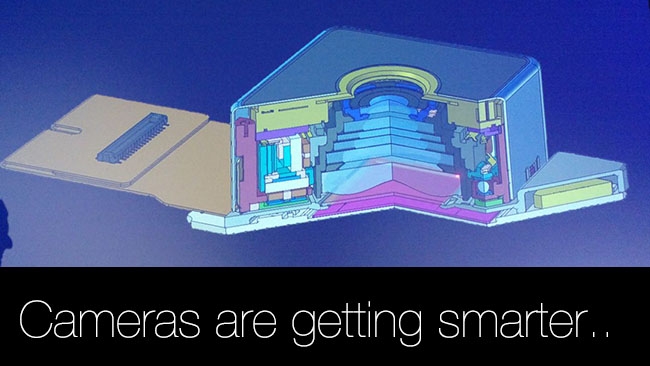
 The camera unit in the Nokia 1020
The camera unit in the Nokia 1020
When the Lytro camera was launched a couple of years ago it heralded the dawn of a new age of Photography, where the camera was not just an updated version of the Camera Obscura. Now we are starting to see even more possibilities and they may even be coming to video...
Photography started out with light falling on chemicals and causing a reaction which could then be used to "capture" the scene that was in front of the camera. Originally cameras used glass plates and then celluloid film but the basic process was the same; a lens focussed the image onto a light sensitive surface which was then developed and printed. It was only natural that the first digital cameras worked in exactly the same way, by replacing the film with a light sensitive device that could turn the light into an array of digital information that could then be printed or displayed.
Working in HD and 3D
But as the processors in our digital cameras have become more powerful we have been able to do more than just capture the two dimensional scene in front of the camera. By taking different exposures with the same sensor we can create High Dynamic Range images with far more latitude than the standard exposure.
By having a very high resolution sensor in a relatively small camera we can create good looking images in low light conditions, by downsampling the captured image from the sensor. This is one of the tricks in the Nokia 1020 camera phone which packs a 41MP sensor with optically stabilised lens into a unit only 10mm thick. You can see our report on the 1020 here.
By having multiple sensors we can capture light coming from different angles and compute a three dimensional scene or create an image that can be refocussed after the event, as is the case with the Lytro. The only problem with the Lytro is that the resolution of each sensor is quite low so the images are not very big.
Research at MIT
Now researchers at the Massachusetts Institute of Technology have developed a system that will allow a 20 megapixel digital camera to take a digital image that can be made 3D and refocussed after the fact.
They are calling the system "Focii" and it was the subject of a paper at Siggraph. The really clever thing about Focii is that it does not need completely new hardware, it uses a thin plastic filter, printed with a unique pattern, that is placed between the lens and the sensor of a standard digital SLR. The pictures are taken as normal and then software is used to analyse the resulting image and create the 3D multi-focal result.
Even more amazing is that this will work for HD video, with the software analysing each frame to generate three dimensional multi-focal video! It is "computationally intensive" so it may take a while but it certainly sounds easier than shooting with a stereoscopic rig.
You can read more about the technology behind Focii on the MIT website here
Tags: Technology


Comments